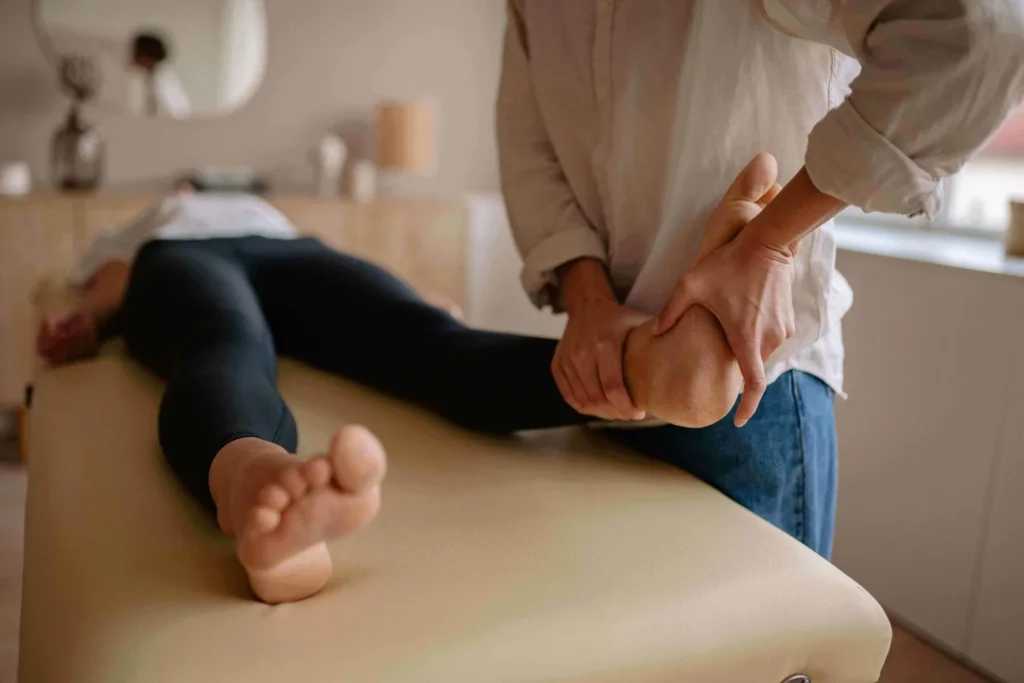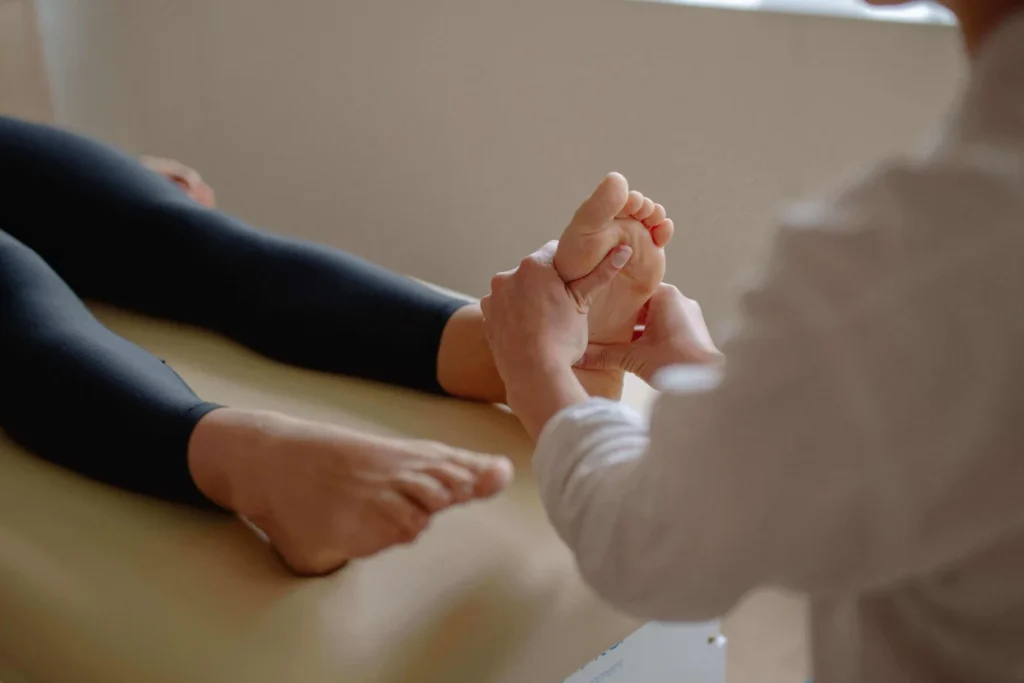Bunions are a common foot deformity that can cause discomfort and affect daily activities. As a podiatrist, you’re likely to encounter many patients seeking relief from this condition. In this blog post, we will discuss the causes, symptoms, demographics, and treatment options for it to help you better understand this condition and its impact on your patients’ lives.
Causes of Bunions
A bunion is a bony prominence that forms at the base of the big toe when the joint becomes misaligned. The exact cause of bunions is still unclear, but several factors are thought to contribute to their development:
- Genetics: A family history of it may predispose an individual to developing the condition.
- Foot structure: People with flat feet or low arches may be more susceptible to bunions.
- Footwear: Wearing tight or ill-fitting shoes that crowd the toes can contribute to its formation.
- Arthritis: Inflammatory conditions like rheumatoid arthritis can cause joint damage, leading to bunions.
- Occupation: Jobs that require prolonged standing or walking may increase the risk of it.
Symptoms of Bunions

It can present with a variety of symptoms, including:
- A visible bump at the base of the big toe
- Redness, swelling, or tenderness around the affected joint
- Restricted movement of the big toe
- Pain, which may be intermittent or persistent
- The formation of calluses or corns where the toes overlap
Demographics Affected by Bunions
While bunions can affect anyone, certain demographics are more prone to developing the condition:
- Women: Bunions are more common in women, likely due to wearing tight or high-heeled shoes that compress the toes.
- Older adults: The risk of developing bunions increases with age, as the ligaments and other structures in the foot can weaken over time.
- Individuals with certain medical conditions: People with arthritis or neuromuscular conditions may be at a higher risk for bunions.
Treatment Options for Bunions
The treatment approach for bunions can vary depending on the severity of the condition and the patient’s symptoms. Some common treatment options include:
- Footwear modifications: Wearing shoes with a wider toe box, proper arch support, and low heels can help alleviate bunion-related discomfort.
- Padding and orthotics: Applying bunion pads or using custom orthotics can help redistribute pressure on the foot and provide relief from pain.
- Physical therapy: A physical therapist can recommend exercises to maintain joint mobility, strengthen the muscles in the foot, and improve overall foot function.
- Medications: Over-the-counter or prescription anti-inflammatory medications can help manage pain and inflammation.
- Ice and rest: Applying ice to the affected area and reducing activities that aggravate the bunion can help alleviate symptoms.
- Surgery: If conservative treatments fail to provide relief or the bunion is severely affecting the patient’s quality of life, surgical intervention may be considered.
Conclusion
It is a common and often painful foot condition that can affect various demographics. Understanding the causes, symptoms, and available treatment options is crucial to provide the best possible care for patients. As a podiatrist, you play a vital role in diagnosing and managing this disease, helping patients find relief and maintain their mobility. If you suspect you may have it or are experiencing foot pain, schedule an appointment with a podiatrist to discuss your symptoms and determine the most effective treatment plan for our needs.


